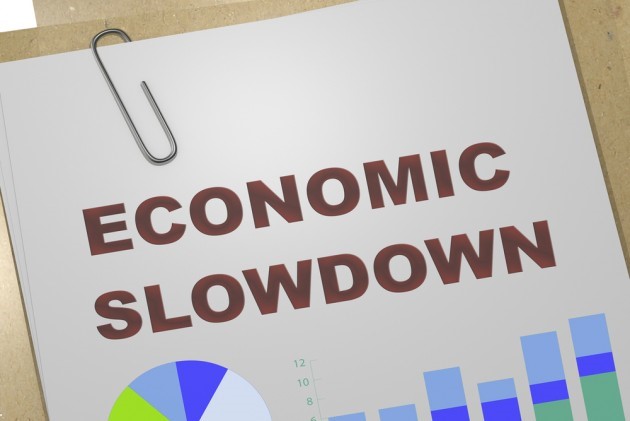

The surge in global aluminium output coincided with growing concerns that an economic slowdown would reduce demand for the metal. Europe's industrial economy suffered greatly due to the geopolitical-induced energy crisis. Fears of a recession were raised in the US due to inflation and rising interest rates.

Furthermore, currency fluctuations have dented aluminium prices. The aggressive escalation of interest rates by the Federal Reserve to fight inflation has increased the US dollar’s worth relative to other currencies. An increase in the dollar's value impacted the price of aluminium for holders of other currencies because metals are labelled in US dollars on international markets.
The challenging economic circumstances from 2022 have persisted into 2023, giving aluminium a gloomy prognosis. Due to an anticipated monthly increase in stocks at the London Metal Exchange and the potential for additional interest rate increases in the US to contain inflation, a 3-5 per cent overall decrease in aluminium prices is anticipated in March.
In February, the demand for aluminium from downstream manufacturing activities decelerated. Lately, the unpredictability in the American financial system brought on by Silicon Valley Bank (SVB) may have caused investors to become more conservative and start disbanding their positions in commodities, especially base metals, which has caused prices to plummet.



Responses






